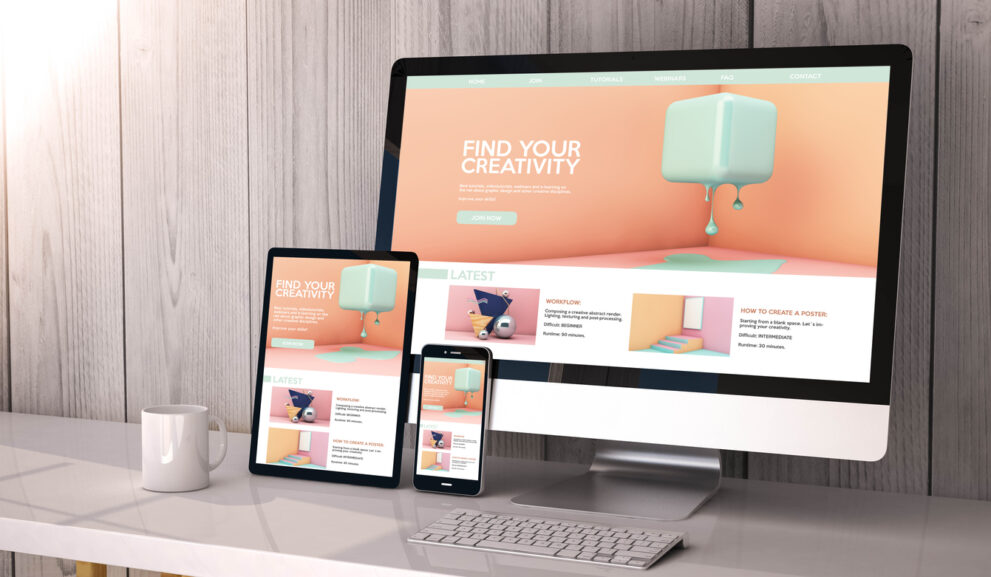
If you’ve spent any time around web developers you might have heard of the phrase ‘Above the fold’ many use this phrase when talking about the design of their websites but don’t know exactly what it means.
The phrase above the fold originates from the newspaper industry, referring to the need to place important news headlines, stories and photographs in the top half of the font page, also known as above the fold, with those stories featured in the bottom half of a newspaper being referred to as below the fold.
As time has gone on however, above the fold no longer applies to just newspapers and has quickly moved into web design circles. Above the fold in web design terms, now means that all important information such as the headings and links are situated on the top section of a webpage, meaning people can decide what they think of the content before they scroll down to read more.
Despite knowing fine well that people can scroll down much easier than they could in the early days of the internet, many still believe that everything must be above the fold in order to achieve the best results.
Is it really necessary to have everything placed above the fold?
Before the introduction of smartphone technology the ‘above the fold’ rule had much more validity but now with phone and tablets giving us new ways to scroll as well as new screen sizes, the fold stops being as big as issue.
While it’s still a good to feature certain things about the fold such as your logo and navigation tabs many businesses are now deciding to feature less above the fold, in order to encourage customers to scroll down the page and explore the rest of the website.
Given that it takes very little effort to scroll through a website, your customers won’t mind scrolling down if they want to find out more.
When to embrace above the fold?
There are times however where you need to utilise the above the fold rule, for example when it comes to your email marketing it’s important to feature your heading, calls to action and links to your website above the fold. If these are available easily and can be seen straight away you’re likely to generate engagement, if not, it’s likely your email will be ignored.
You also can’t ignore above the fold design when it comes to landing pages. The point of your landing pages (usually) is to create leads, so it’s important to feature vital features such as your lead generation forms and your calls to action above the fold.
In the early days of the internet designing below the fold was considered a bad thing, today however only staying above the fold can be equally as risky. Creating more open, clear designs is the future of web design and simply cramming information on a page to generate sales won’t cut it anymore.






